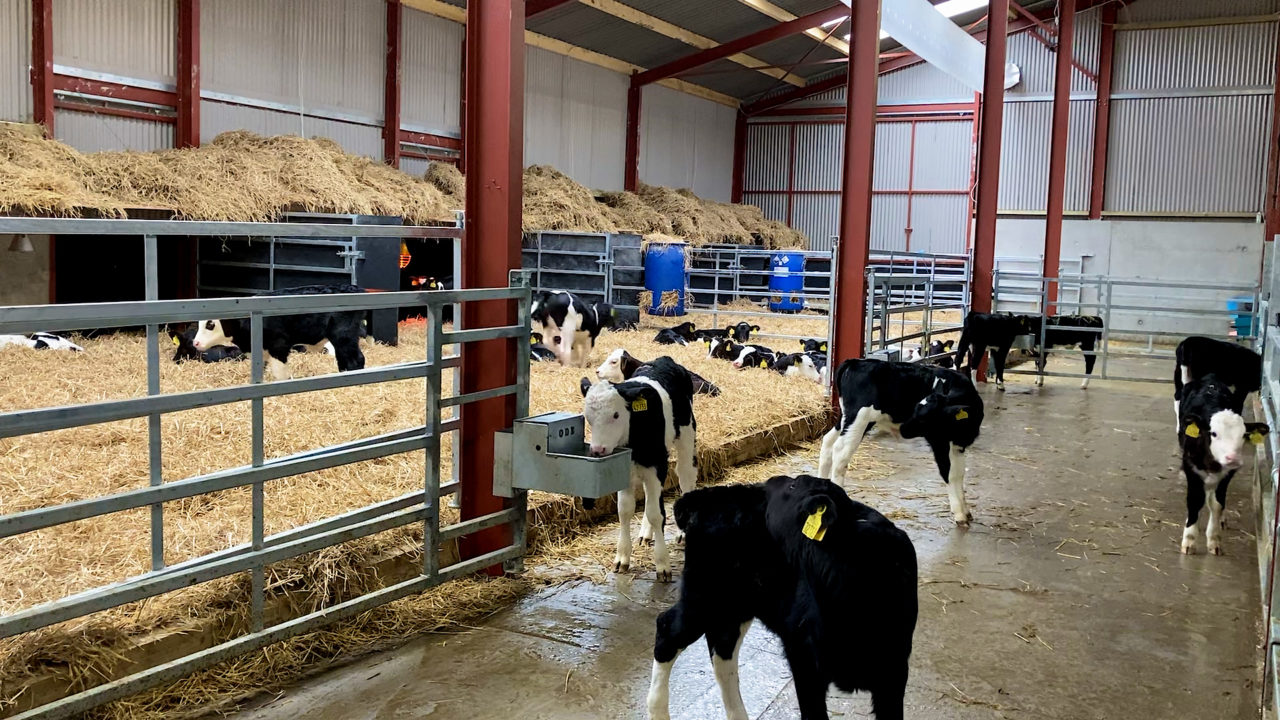Scour is something that most dairy farmers will have to deal with at some point this spring, but there are a number of ways to reduce the amount of cases and their severity.
Scour is unfortunately an issue that many farmers have to deal with when rearing calves and is the biggest killer of young calves on farms.
Colostrum
The first part of controlling scour and many other forms of sickness in young calves centres around colostrum.
The goal of feeding high-quality colostrum is getting the calf to be as immune as possible to infectious diseases.
Calves are born with no immunity so by feeding them colostrum you are providing the calf with antibodies to fight infectious diseases.
The feeding of colostrum and then transition milk to calves is extremely important if you have been vaccinating for scour.
But there should also be a focus on how hygienically the colostrum has been harvested.
You should also ensure that you are feeding calves enough milk; calves should be fed 15% of their body weight.
Underfed calves are more likely to become sick calves; this can also happen with cold calves – which is why providing calves enough bedding is important.
Feeding them well allows calves to grow and keep warm.
Infection pressure
The second focus when preventing scour and other illnesses in calves centres around reducing infection pressure.
This is achievied by maintaining high levels of hygiene starting in the calving shed and also in the calf shed.
The calf shed should be like a clean room; this isn’t achievable on most farms – but you should try keep the shed as clean as possible.
Foot dips should be present at the entrance to the shed and access to the shed should be controlled.
All the milk-feeding equipment should be cleaned after each use. Ideally you will have a feeder for each pen, but if you do not it should be cleaned before being moved into another pen.
Scour
Having a high level of hygiene is key to preventing scour and keeping calves healthy.
This starts from birth, through to the feeding of colostrum and then during the rearing process.
